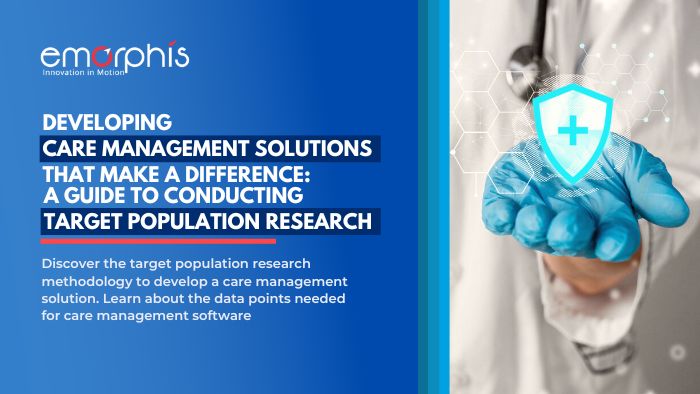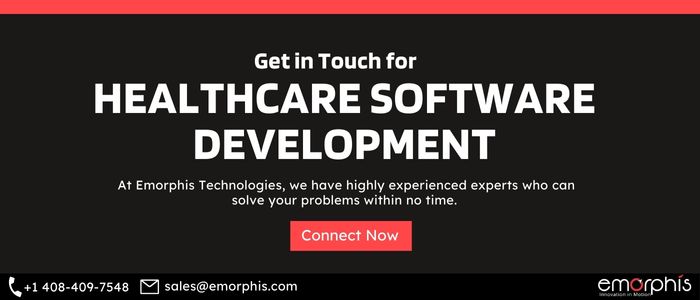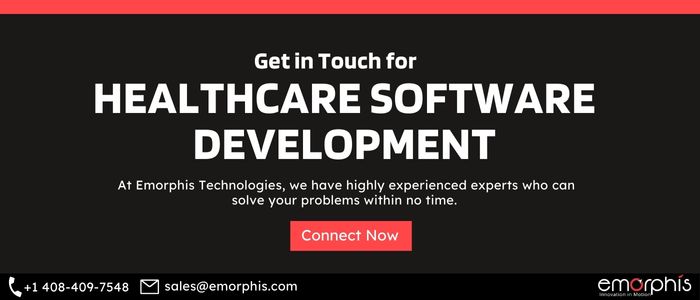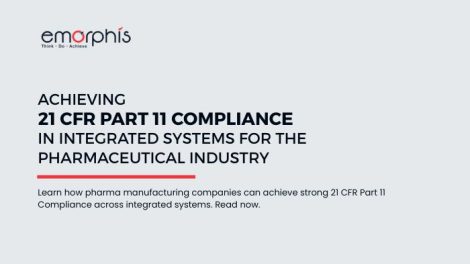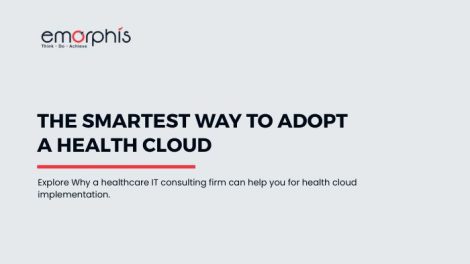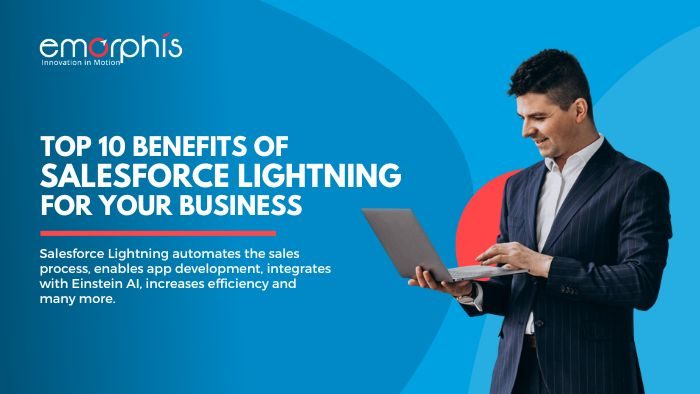When it comes to developing a care management solution, understanding the target population is critical to its success. Conducting research on the target population can provide valuable insights into the needs. Also pain points, and preferences of the patients and other stakeholders who will be using the solution.
According to a report by Grandview Research, the size of the global market for care management systems was estimated at USD 11.5 billion in 2022, and it is projected to increase at a CAGR of 14.41% from 2023 to 2030.
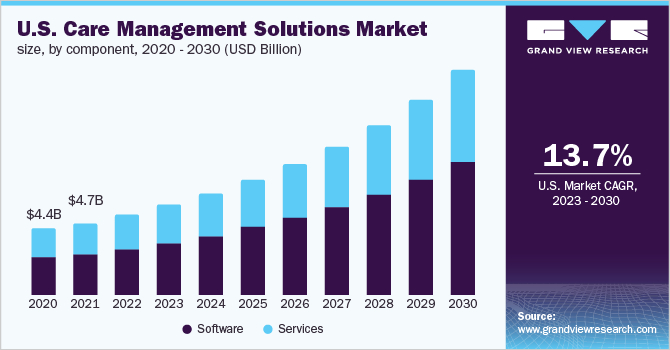
With this information, healthcare providers can develop a solution that is tailored to meet the specific needs of the target population. And also improve the quality of care provided.
In this blog, we’ll explore the steps involved in conducting research on the target population. This will be helpful for the development of a care management solution. From defining the research objectives to validating the findings. We’ll provide a comprehensive guide on how to gather the information you need to develop a care management software solution. Also, it is effective and meets the needs of all stakeholders.
Process Of Target Population Research To Develop A Care Management Solution
If you are planning to develop a care management software solution then the following points can help you to execute research on your target population effectively.
Step 1: Define The Target Population
Defining the target population. It is the first and one of the most important steps. This is for conducting research on a care management solution. Hence, the target population is the specific group of people who need a care management solution.
In this step, you would need to identify the specific characteristics of the population that will be using the solution. This could include factors such as:
- Demographics: Age, gender, race, socioeconomic status, etc.
- Medical conditions: Specific chronic conditions, such as diabetes or heart disease, or treatment needs, such as post-surgery recovery.
- Current care management process: How the target population currently receives the care and manages their health.
- Geographic location: The location of the target population, can affect access to healthcare and resources.
It’s important to be as specific as possible when defining the target population. This will help to ensure that the care management solution is custom to meet their specific needs. For example, a healthcare software development like a care management solution for older adults with chronic conditions will have different requirements than a solution for young adults recovering from surgery.
Additionally, it’s important to keep in mind that the target population may evolve over time. So it’s important to have a plan to update the target population definition and research regularly.
Step 2: Gather Existing Data
In this step, you would need to research existing data sources. This is to gather information about the target population’s needs, also their behaviors, and preferences. This can help to provide a broader understanding of the target population and the current care management process.
There are a variety of data sources that can be used, including:
- Healthcare databases: The databases, such as the Centers for Disease Control and Prevention (CDC) or the World Health Organization (WHO). They can provide information on the prevalence of specific medical conditions, and healthcare utilization. Also, other relevant data for the target population.
- Published research: There may be academic or industry research that has been conducted on the target population. Also on any specific care management issue, you are addressing. These studies can provide valuable information on best practices. And as a matter of fact, in the areas for improvement in the current care management process.
- Government or non-profit organizations: National or regional organizations such as the National Center for Chronic Disease Prevention and Health Promotion. Also, the National Institutes of Health or Center for Medicare and Medicaid Services. They all might have data and information on the target population and their health needs.
It’s important to be thorough when gathering existing data. As this will provide a solid foundation for the research. Additionally, it’s important to critically evaluate the data sources. In fact, this is to ensure that they are reliable and relevant to the target population. And also the care management issue at hand.
Do have a look at the latest Top Trends in healthcare IT services
Step 3: Conduct Surveys And Interviews
In this step, you would conduct surveys and interviews. This is to gather more detailed and specific information. To know various data points about the target population’s needs and preferences. Surveys and interviews can provide valuable information, that cannot be obtained from existing data sources.
- Surveys: Surveys can be conducted online or in person. And can include both closed-ended (multiple choice or yes/no questions) and open-ended (short answer or essay) questions. Surveys are to gather a wide range of information from the target population. Like, as their healthcare utilization, and satisfaction with the current care management process. And also preferences for new care management software solutions.
- Interviews: Interviews can be with individuals or focus groups. And can be used to gather more detailed and qualitative information. Interviews are to gather information about the target population’s experiences with the current care management process. As well as their preferences and ideas for new care management solutions.
It’s important to ensure that the questions in the survey and the interviews are relevant to the target population. And also for the care management issue. In fact, the survey and interviews should have a structure that respects the privacy and confidentiality of the participants. And also, is in compliance with the relevant regulations and laws.
It’s also important to conduct a pilot test of the survey or interview. This is to ensure that the questions are clear and easy to understand. Also, this will help in identifying and fixing issues before its ready for a target population.
Finally, it’s important to analyze the data collected. Identifying patterns and trends will inform the development of the care management solution.
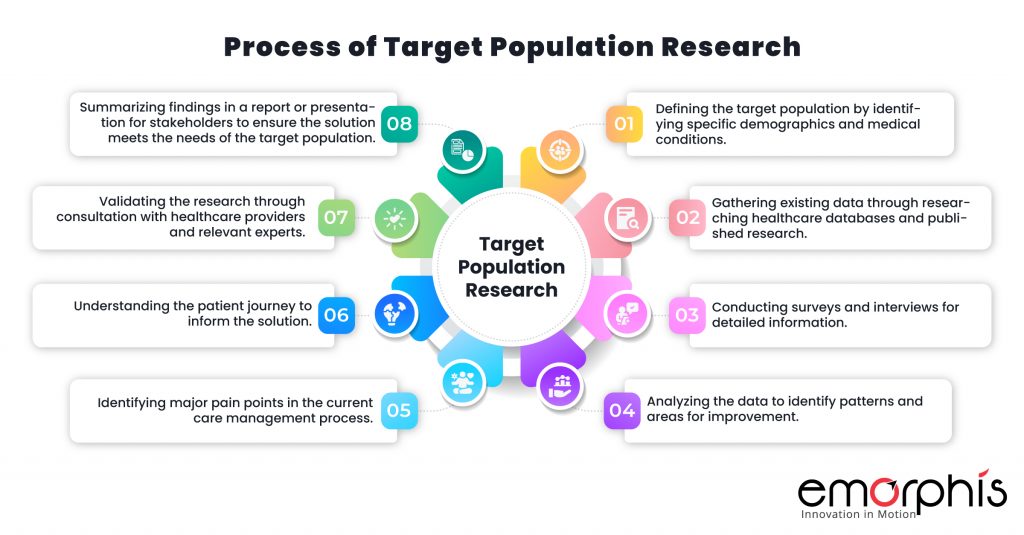
Step 4: Analyze The Data
In this step, you would analyze the data gathered from existing data sources. Also from surveys, and interviews to identify patterns, trends, and areas for improvement in the current care management process. This step is crucial for understanding the target population’s needs and preferences. Also, informing the development of the care management solution.
Several methods can be used to analyze the data, such as:
- Descriptive Statistics: This method can be used to summarize the data quantitatively, such as calculating the mean, median, and standard deviation of the data.
- Inferential Statistics: This method can be used to make predictions or generalizations about a population based on a sample of data.
- Qualitative Analysis: This method can be used to analyze open-ended responses from surveys or interviews, such as identifying themes and patterns in the data.
It’s important to use appropriate methods of data analysis for the type of data that has been collected. For example, if the data is mostly numerical, then inferential statistics would be more appropriate than qualitative analysis.
Additionally, it’s important to be transparent and clear in the data analysis process and to ensure that the data is interpreted correctly and without any bias. Finally, it’s also important to document the data analysis process and the results clearly and concisely, as this will be useful when presenting the findings to stakeholders.
Step 5: Identify The Pain Points
In this step, you would identify the major pain points or challenges that the target population faces with their current care management process. This will help to inform the development of the care management software solution.
Pain points can include issues such as:
- Lack of access to healthcare
- Difficulty in coordinating care among multiple providers
- Inadequate communication and information sharing among providers
- Inadequate patient education and self-management support
- Inconvenient or confusing process for scheduling appointments or obtaining test results
- High cost of care
- Limited access to technology or resources
To identify the pain points, you can analyze the data collected from the existing data sources, surveys, and interviews. You can also conduct additional research, such as a literature review, or interviews with healthcare providers and caregivers, to gather more information on the pain points.
It’s important to be specific when identifying the pain points and to prioritize them based on their impact on the target population’s health and well-being. By identifying the pain points, you can design a care management software solution that addresses the most pressing issues and improves the overall care management process for the target population.
It’s also important to note that the pain points might differ among different subgroups of the target population. Therefore, it’s important to consider those differences when identifying the pain points and designing a solution that addresses the specific pain points for each subgroup.
Step 6: Understand The Patient’s Journey
In this step, you would understand the patient’s journey, including the steps they take before, during, and after their care. This step is important as it helps you to understand the problem better and where the care management solution should focus.
To understand the patient’s journey, you can conduct research such as:
- Interviews with patients, caregivers, and healthcare providers
- Direct observations of the care process
- Review of medical records
- Analysis of claims data
The patient’s journey can be divided into several stages such as:
- Pre-care: This includes steps such as making an appointment, finding transportation, and preparing for the visit.
- Care: This includes the steps that patients take during the visit, such as check-in, examination, and treatment.
- Post-care: This includes steps such as follow-up appointments, medication management, and self-care.
By understanding the patient’s journey, you can identify the pain points and bottlenecks in the process, and design a care management software solution that addresses those issues, making it more patient-centered and easier for the patients to navigate.
It’s important to consider the patient’s perspective throughout the journey and to involve them in the process of identifying the pain points and designing the solution. This will ensure that the solution is tailored to the patient’s needs, preferences, and expectations.
Step 7: Validate The Research
In this step, you would validate the research by talking with the healthcare providers, caregivers, and other relevant experts to confirm your findings and gather additional information. This step helps to ensure that the research is accurate, relevant, and useful for the development of the care management solution.
Some ways to validate the research include:
- Focus groups: Conduct focus groups with healthcare providers, caregivers, or other relevant experts to gather feedback on the research findings and to identify any additional information that may be useful for the development of the care management software solution.
- Peer review: Share the research findings with other experts in the field and gather feedback on the research methods, findings, and conclusions.
- Expert panels: Involve a panel of experts in the field to review the research findings and provide feedback on their relevance and usefulness for the development of the care management solution.
It’s important to be open to feedback and to consider any additional information that is gathered during the validation process, as this will help to ensure that the care management software solution is accurate, relevant, and useful for the target population.
It’s also important to document the validation process, including the feedback received from stakeholders, and to integrate that feedback into the research findings and the development of the care management solution.
Step 8: Summarize Your Findings
In this step, you would summarize your findings, including the target population’s needs, pain points, and preferences, in a report or presentation for stakeholders. This step is important as it helps to communicate the research findings and to inform the development of the care management solution.
When summarizing the findings, it’s important to:
- Be clear and concise: Use simple and easy-to-understand language and present the findings in a logical and organized manner.
- Highlight the most important findings: Emphasize the most important findings and the implications of those findings for the development of the care management solution.
- Include recommendations: Provide recommendations for the development of the care management solution based on the research findings.
- Include supporting data and evidence: Include data and evidence from the research to support the findings and recommendations.
The report or presentation should be tailored to the audience, whether it’s for internal stakeholders such as healthcare providers, or external stakeholders such as patients, caregivers, or funders.
It’s also important to provide a summary of the research process, including the methods used and any limitations or challenges encountered during the research, as this will help to ensure transparency and credibility of the research.
Finally, it’s important to present the findings in a way that is accessible and understandable to all stakeholders. Including those who may not have a background in the field. To make sure that the findings are considered and implemented in the design and development of the care management solution.
Conclusion
In conclusion, developing a care management software solution for a healthcare service provider involves a thorough and well-planned process. The process begins with conducting a needs assessment to identify the specific requirements and goals for the solution, followed by developing a project plan that includes timelines, budget, and resource requirements. Identifying and engaging key stakeholders, including patients, caregivers, and other healthcare providers, is crucial. This is to ensure that the solution is tailored to meet the needs of all stakeholders.
Defining the scope of the solution, designing the solution, developing and testing it, implementing it, and continually improving it are the other steps that are important to ensure that the solution is effective and addresses the pain points of the target population. Conducting research on the target population, including gathering existing data, conducting surveys and interviews, analyzing the data, identifying the pain points, understanding the patient’s journey, validating the research, and summarizing the findings are also important steps that provide valuable information to inform the development of the care management solution.
In summary, a comprehensive and well-planned process that involves all stakeholders, a thorough understanding of the target population’s needs and pain points, and a focus on continual improvement is essential for the development of an effective care management solution.
In summary, a comprehensive and well-planned process that involves all stakeholders, a thorough understanding of the target population’s needs and pain points, and a focus on continual improvement is essential for the development of an effective care management solution.
Click the link to read more guides on various solutions like healthcare app development, developing an integrated health system, choosing an EHR system, and also take a look at how healthcare software solutions help boost ROI.



